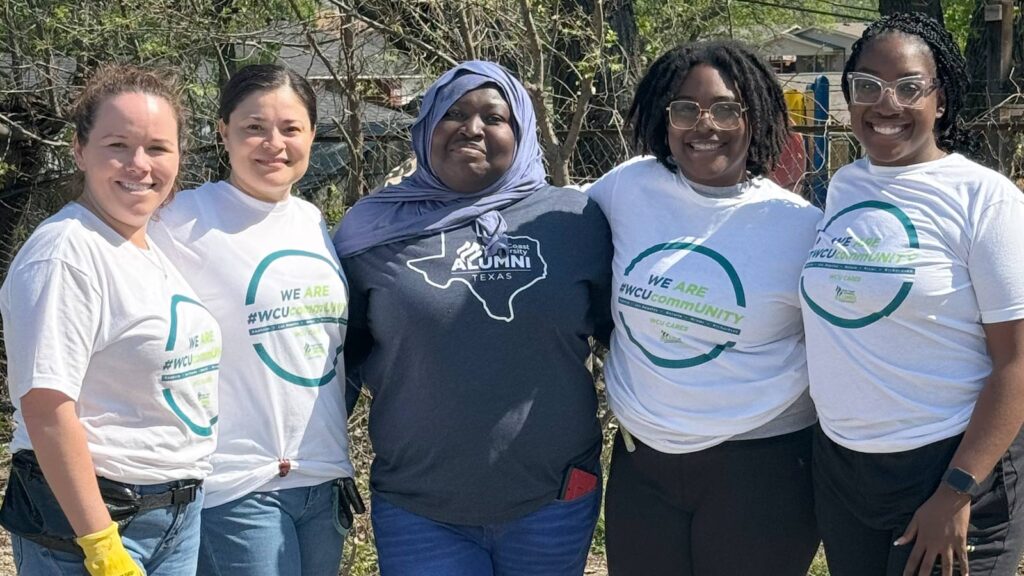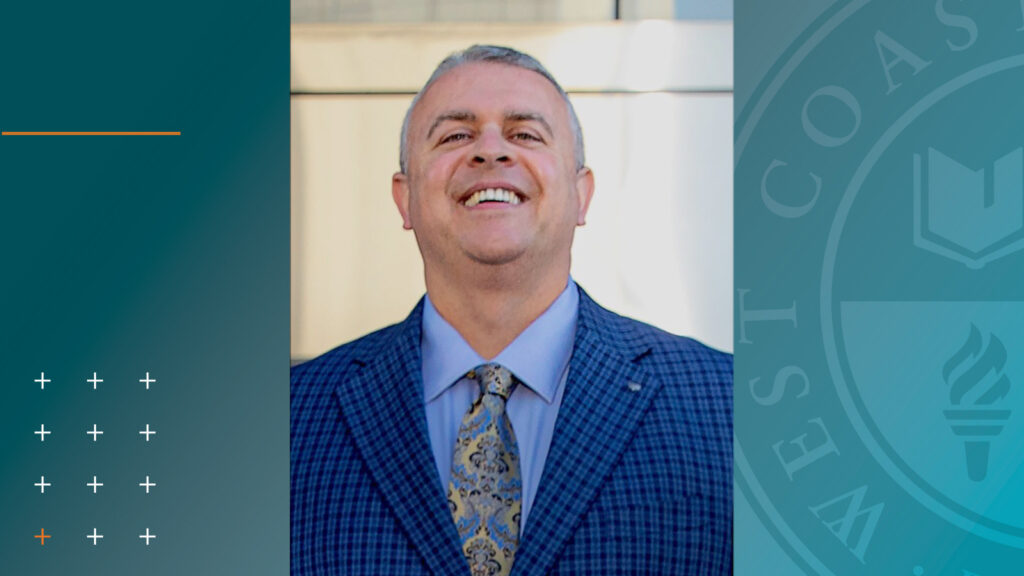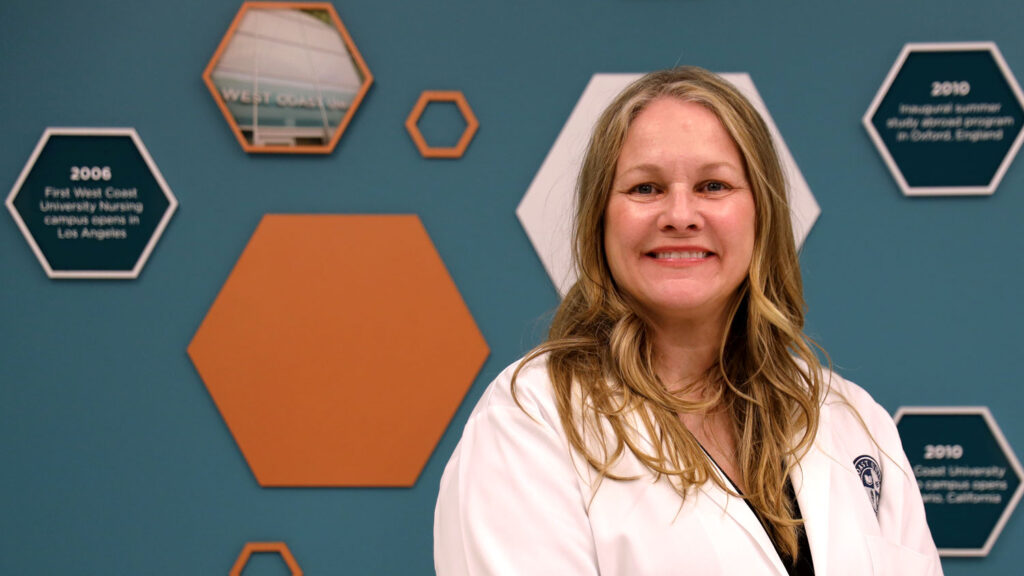 WCU-Miami professor Barbara Garcia poses with CDC legends Harold Jaffe and James Curran. Jaffe and Curran were two of the first CDC investigators to track the origins of the AIDS outbreak and spoke at the recent Science Ambassador Workshop.
WCU-Miami professor Barbara Garcia poses with CDC legends Harold Jaffe and James Curran. Jaffe and Curran were two of the first CDC investigators to track the origins of the AIDS outbreak and spoke at the recent Science Ambassador Workshop.
In most cases, going “viral” is a good thing. Just don’t tell that to an epidemiologist.
At the Center for Disease Control’s Science Ambassador Workshop, West Coast University-Miami assistant professor Barbara Garcia recently helped develop curriculum to teach middle and high school students about the spread and control of diseases.
“People are becoming more aware about public health issues such as Zika and Ebola, so it’s important we integrate epidemiology into our curriculum at an early age,” Garcia said. “It was great to get the perspective from other educators on their strategies for incorporating public health into curriculum, so I can bring that back to WCU and also impact our future science curriculum.”
What we know: Zika
- Zika is spread mostly by the bite of an infected Aedes species mosquito (Ae. aegypti and Ae. albopictus). These mosquitoes are aggressive daytime biters. They can also bite at night.
- Zika can be passed from a pregnant woman to her fetus. Infection during pregnancy can cause certain birth defects.
- There is no vaccine or medicine for Zika.
- The Florida Department of Health has identified an area in one neighborhood of Miami where Zika is being spread by mosquitoes. Learn more.
Source: Center for Disease Control
The five-day CDC workshop provided training in curriculum design and teaching strategies to engage students in math and science using real-life epidemiology and public health science examples. During the first three days, CDC scientists led workshop sessions on current public health topics and demonstrated a variety of teaching methods. During the final two days, workshop participants worked collaboratively with CDC scientists to write lesson plans for the CDC’s lesson plan collection.
“My group worked on emergency preparedness using lead poisoning data collected by individual states,” Garcia said. “We got to use the surveillance data collected over the past five years for the number of children who tested with 5 milligrams of lead or higher in their bloodstream.”
After the workshop, the CDC continues to consult with teachers in attendance on teaching or accrediting courses in epidemiology and public health in the classroom, or those who have an interest in presenting information to colleagues, teacher meetings and conferences.
Garcia, who has a masters in public health, said career opportunities in the field include working as a “virus hunter” for the CDC, where investigators can seek out and research viruses. While at the conference, Garcia — a self-proclaimed science geek — was excited to meet two of the original AIDS/HIV investigators: Drs. Harold Jaffe and James Curran.
Garcia also got to tour the CDC’s Emergency Operations Center, David J. Sencer Museum and “insectary,” where CDC scientists keep and breed mosquitos — like the Aedes species which carries Zika and Anopheles which carries malaria.
“I was very excited to experience this professional development and it inspired me to share all this information and opportunities at the CDC with my students,” Garcia said.
WCU provides career guidance and assistance but cannot guarantee employment. The views and opinions expressed are those of the individuals and do not necessarily reflect the beliefs or position of the school or of any instructor or student.


